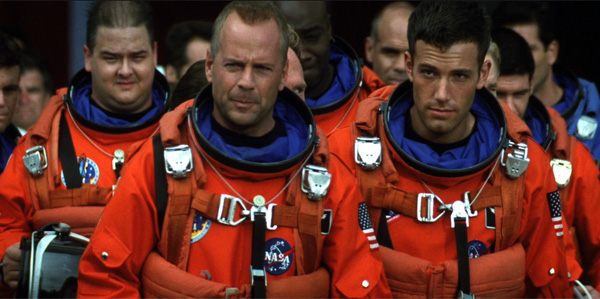
Mr. Musk. You are a risk-taker and a visionary. You are a talented team-builder. Are you ready for a new challenge? I know you’re working on mining in space, but are you really ready? SpaceX has had many firsts. SpaceX’s achievements include sending the first privately funded liquid-propellant rocket that reached orbit, being the first private company to successfully launch, orbit, and recover a spacecraft, being the first private company to send a spacecraft to the International Space Station, sending the first propulsive landing for an orbital rocket, being the first to reuse an orbital rocket, and being the first private company to launch an object into orbit around the sun (Reference https://en.wikipedia.org/wiki/SpaceX). Are you ready for MineX?
There is an asteroid called Psyche 16. Psyche 16 is a very special space rock: it’s almost entirely made of metal, including iron, nickel, and gold, which has led astronomers to believe that it was originally the core of a planet. It’s also estimated to be worth around $700 quintillion—enough to give each of the 7.6 billion people on earth about $92 billion each. You read that correctly—$92 billion each. This asteroid has the potential to make us all richer than the Pharaohs—or, you know, crash the world economy. (Reference: https://www.outerplaces.com/science/item/17778-700-quintillion-dollar-asteroid-space-mining-gold-rush-mars-jupiter) . Let’s step back for a moment and see how we got here.
Asteroid mining is the exploitation of raw materials from asteroids, dead comets, and minor planets, including near-earth objects. Hard rock minerals could be mined from such an object. Precious metals such as gold, silver, and platinum group metals could be transported back to earth; iron group metals could be used for construction in space. The difficulties with this include the high cost of spaceflight, unreliable identification of asteroids suitable for mining, and ore extraction challenges. Thus, terrestrial mining is the only current means of acquiring raw minerals. If space program funding, either public or private, dramatically increases, this situation may change as resources on earth become increasingly scarce compared to the demand and the full potential of asteroid mining are researched in greater detail. (Reference, Wikipedia: Asteroid Mining)
“Mining the Sky: Untold Riches from the Asteroids, Comets, and Planets”, is a 1997 book by University of Arizona Planetary Sciences professor emeritus John S. Lewis. The book describes a possible means for accessing extraterrestrial resources, either for use on earth or for enabling space colonization. Each issue is evaluated for its effects on humanity, physics and economic feasibility based on planetary science. One chapter exhaustively catalogs the near-earth asteroids and extinct comets whose orbits intersect earth’s orbit. Lewis includes an estimate of the economic value of the smallest known metallic near-earth asteroid, an asteroid known as 3554 Amun. With a diameter of 2 kilometers and an assumed composition similar to typical iron-type meteorites, he calculated a mass of 30 billion tons and a market value of $8 trillion for its iron and nickel alone, another $6 trillion for its cobalt, and $6 trillion more for its platinum-group metals. And those are based on 1996 metals prices! Mind-blowing, isn’t it? (Reference: https://en.wikipedia.org/wiki/Mining_the_Sky)
So, how is the mining going to be carried out? Will the mining be completed using a fleet of autonomous equipment? Or will it be run remotely by operators sitting comfortably in your MineX headquarters? Or will the equipment operators physically sit in the equipment? Will there be drilling and blasting? Will there be ore processing on the extraterrestrial body, so that you can leave behind the worthless gangue minerals and low value metals? Or will you return whole ore samples to earth? In the former case, what are the effects of near zero gravity on crushing and grinding, not to mention flotation? How will such heavy payloads be safely delivered to the earth’s surface? Will you use a large fleet of relatively small unmanned drones? So many questions. So much to do.
So, Elon, back to the point. You have the chutzpah to do this. You have the know-how for rocketry and you have an amazing team. I have the mining know-how and the ability to put together a team of engineers and scientists who can get us to the goal line. Let’s get going! We’re burning daylight (and moonlight)!
Most sincere regards,
Bryan Ulrich, PE, PrEng, MEng, D.Geo

